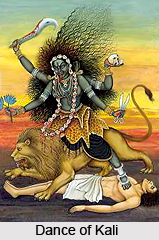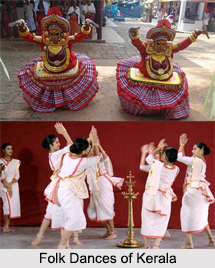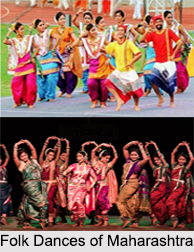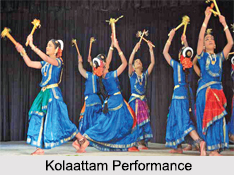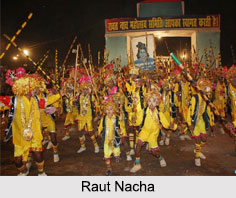 Mainly performed by the Yadava clan, who are the descendants of Lord Krishna, the folk dance of Raut Nacha originated from the state of Chhattisgarh. This amorous dance form of Raut Nacha has a close resemblance to Krishna"s dance or the "Ras Leela". Raut Nacha acts as a symbol of worshipping Lord Krishna and as per the Hindu calendar it is believed to be the time of awakening the Gods.
Mainly performed by the Yadava clan, who are the descendants of Lord Krishna, the folk dance of Raut Nacha originated from the state of Chhattisgarh. This amorous dance form of Raut Nacha has a close resemblance to Krishna"s dance or the "Ras Leela". Raut Nacha acts as a symbol of worshipping Lord Krishna and as per the Hindu calendar it is believed to be the time of awakening the Gods.
History of Raut Nacha
The Raut Nacha dance form holds a holy mythical and spiritual hint worshipped from generations with itself. The dance is generally known as the dance of cowherds performed by the Yadava clan. As per popular folklore, the folk dance form of Raut Nacha was created to commemorate the victory of Lord Krishna and the Yadava clan over the evil king Kansa.
It is said that during the end of the auspicious festival of Diwali, when the Gods are believed to be stirring, the Yadavas present this sacred dance to worship the Lord of cowherds, Krishna or "Gopinath". The dance imitates Lord Krishna"s dance or "Rasa Leela" with "Gopis" and is believed as a devotional performance.
Performance of Raut Nacha
The extremely creative and expert dance drama Raut Nacha is a popular form of entertainment for 7 days of the Diwali festival. The performances earnestly represent the mythical stories in the form of battle, dance, and music. Performed generally in groups, the dancers in Raut Nacha wear bright and colourful dresses and dance with the beat of music and songs sung by other group members.
Dancers provide themselves with the sticks, the metal shields and with bells tied to their waist and ankles so that they can perform the ancient battles honouring the heroic warriors and the eternal triumph of good over evil. The dance symbolizes the mythological battle between evil king Kansa and Lord Krishna who lead the Yadavas to the battle. The Yadavas thus celebrate their victory in the form of mock duel. Raut Nacha is therefore celebrated after the magnificent "Diwali" festival standardized with music and performance of the cowherds who played the historical battle.
The performers perform the roles with full devotion and eagerness which is reflected in their perfect performance. The contemporary dance drama characterizes the enriched cultural life of the modern era of the original local residents of Chhattisgarh.

